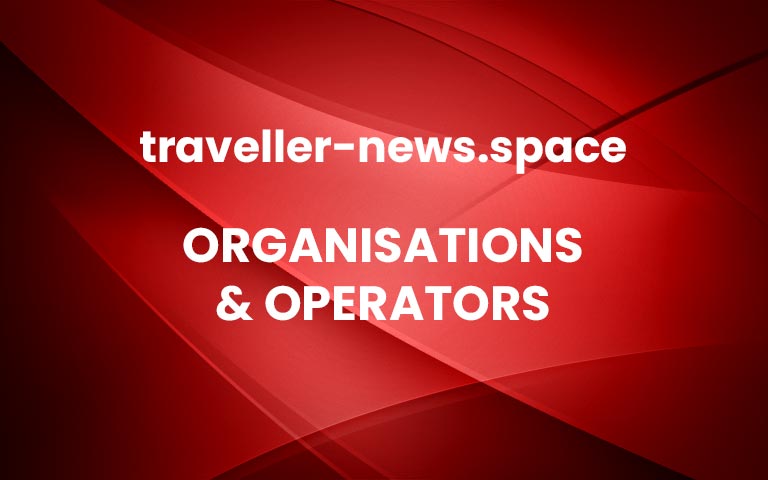A new analysis of staff shortages by the World Travel & Tourism Council (WTTC) has revealed a labour shortfall in Portugal, with nearly 50,000 Travel & Tourism jobs across the country predicted to be unfilled.
The research looked into labour shortages across Portugal and other major Travel & Tourism destinations, such as the U.S., France, Spain, the UK, and Italy.
The data shows Portugal is forecasted to see a shortfall of 49,000 workers in the third quarter of 2022, with one in 10 vacancies expected to remain unfilled this year, making it the least affected country of those analysed.
Before the pandemic, in 2019, more than 485,000 people were employed in Travel & Tourism in Portugal. But 2020 saw the loss of over 80,000 jobs.*
Portugal saw the beginning of the recovery in 2021, with a 32.6% growth to the sector’s contribution to the national economy. However, staff shortages have been prevalent in the country, with thousands of vacancies that remain unfilled, putting the sector under pressure.ADVERTISEMENTWTTC analysis shows Portugal’s hotel industry is expected to be the worst affected, as both hotels and food and beverage segments are forecasted to have 13% (one in eight) and 12% (one in eight) of job openings unfilled, respectively.
Julia Simpson, WTTC President & CEO said: “The Portuguese government has always put Travel & Tourism at the forefront of their agenda, and is already addressing this issue with strategic measures.
“The Ministry for Tourism in Portugal is very proactive and has introduced a flexible visa policy to attract talent. They are doing a great job.
“The future of Travel & Tourism in Portugal looks bright, and in order to ensure a full recovery of the economy and the sector, we need to fill these vacancies to guarantee Portugal can meet the long-awaited travellers’ demand.”
Last week WTTC revealed that up to 1.2 million Travel & Tourism jobs across the EU will remain unfulfilled, with hospitality, aviation, and travel agencies being the most affected.
Some of the key measures identified in the report for both governments and the private sector to address the talent gap are:1. Facilitate labour mobility across international borders, with more favourable visa policies 2. Enable flexible and remote working where feasible – allowing part time or contractor-based opportunities, where possible3. Ensure decent work and competitive employee benefits and compensation packages4. Attract talent by improving the perception of jobs and promoting viable career paths with growth opportunities5. Develop and support a skilled workforce through comprehensive educational programs, as well as upskilling and reskilling current talent6. Adopt innovative technological and digital solutions to alleviate pressure on staff, improve daily operations and an enhanced customer experience.
The global tourism body believes by implementing these measures, Travel & Tourism businesses will be able to attract more workers.
This in turn would enable the sector to meet the ever-growing consumer demand and further speed up its recovery, which is the backbone to generating economic well-being across the country.
Older
Emirates Skywards makes a splash this summer More


